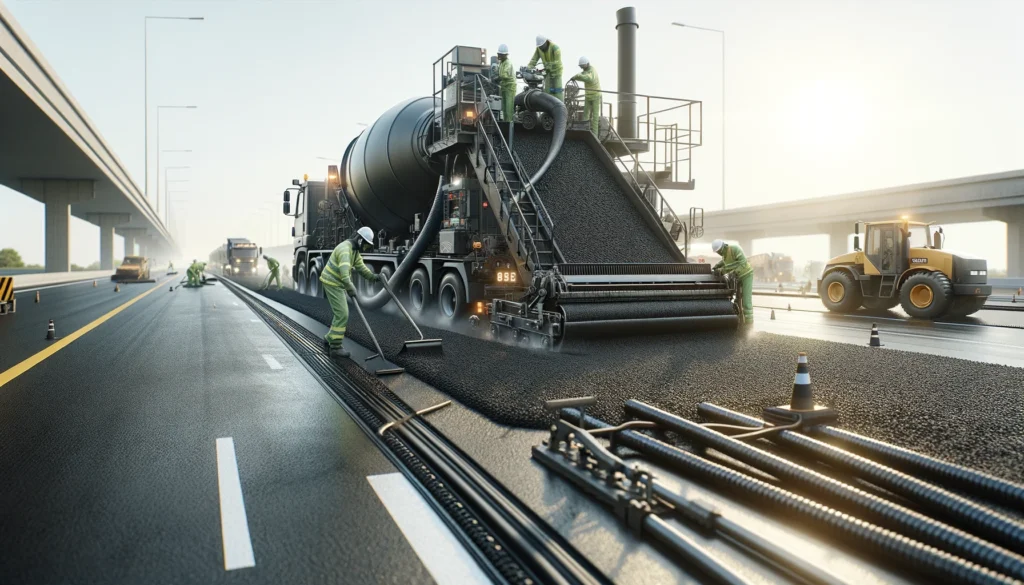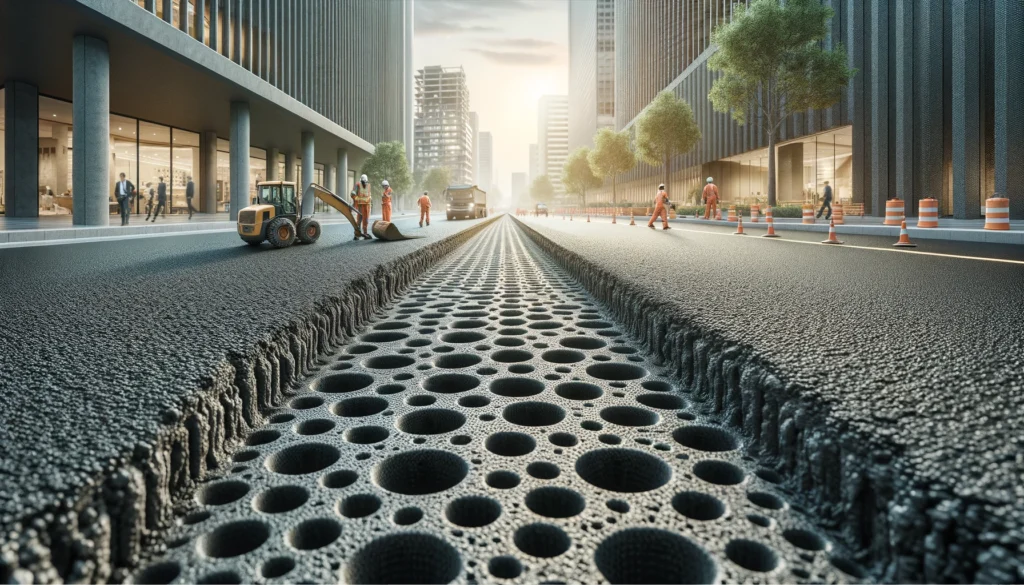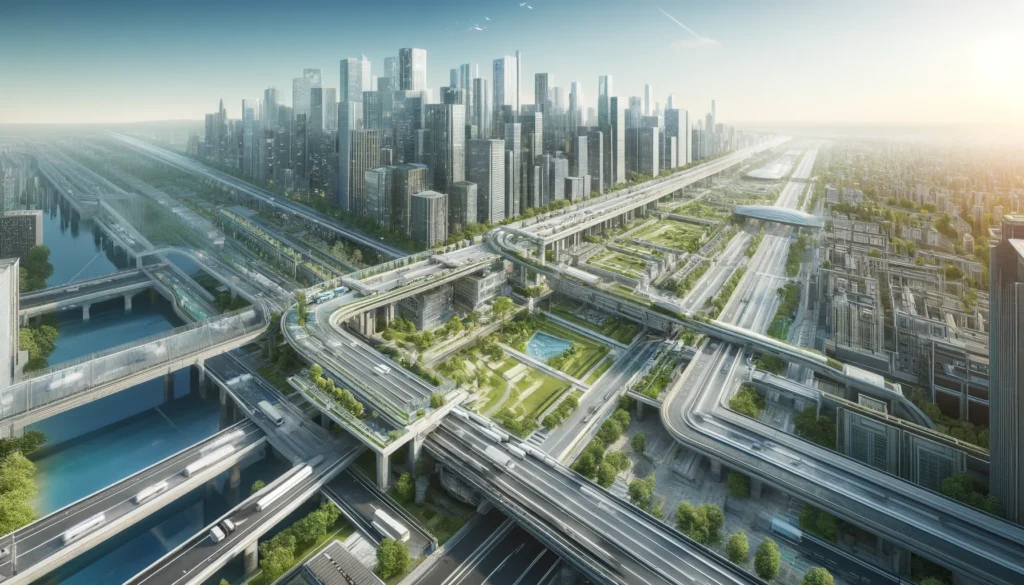Introduction
The rapid evolution of technology has significantly impacted various industries, including road construction. Advanced materials are increasingly being utilized to enhance the performance, sustainability, and longevity of road infrastructure. This article delves into the benefits and challenges associated with these materials, providing a comprehensive understanding of their role in modern road construction.
1. Polymer Modified Asphalts (PMA)
Benefits:
Polymer Modified Asphalts are enhanced forms of traditional asphalt, infused with polymers to improve durability and resistance to various stresses such as temperature fluctuations and heavy traffic. PMA roads are less prone to cracking, rutting, and weather-related damage. This extension of lifespan reduces maintenance costs and road downtime.
Challenges:
The primary challenge with PMAs is the cost, as they are significantly more expensive than conventional asphalt. Additionally, the production and application of PMAs require specialized equipment and expertise, limiting their use to regions with adequate resources.

2. Recycled Materials
Benefits:
Using recycled materials like rubber from used tires, and plastic waste in road construction is a cost-effective and environmentally friendly approach. These materials contribute to waste reduction and provide enhanced flexibility and durability to the road surface.
Challenges:
The variability in the quality of recycled materials can affect the consistency of the road quality. Moreover, there are concerns about the long-term environmental impacts of leaching chemicals from these recycled additives.

3. Geo-synthetics
Benefits:
Geo-synthetics include geo-grids, geo-textiles, and geo-membranes, which are used to reinforce soil and improve stability in road foundations. They enhance the structural integrity, drainage, and erosion control of roads, especially in unstable and soft soil conditions.
Challenges:
Geo-synthetics installation is complex and requires precise engineering. Incorrect installation can lead to failures in road performance. Additionally, the cost of these materials and the required skilled labor can be high.

4. Porous Asphalt
Benefits:
Porous asphalt allows water to drain through the pavement surface, reducing run-off and the risk of hydroplaning. This feature makes it ideal for urban areas where water drainage is a concern, improving road safety during wet conditions.
Challenges:
The maintenance of porous asphalt is challenging as it can easily become clogged with sediments if not regularly cleaned. Its lifespan is also generally shorter than traditional asphalt, requiring more frequent replacements.

5. Self-Healing Concrete
Benefits:
This innovative material uses embedded bacteria or synthetic agents that produce limestone to fill cracks that develop over time. Self-healing concrete extends the life of concrete roadways, reducing maintenance frequency and costs.
Challenges:
The technology is still under development, with high costs associated with its production. The effectiveness of self-healing mechanisms over the long term and under various environmental conditions also remains a significant area of research.

Conclusion
The adoption of advanced materials in road construction offers significant benefits in terms of durability, environmental impact, and long-term cost savings. However, these advantages come with challenges like higher initial costs, complexity in handling and application, and the need for ongoing research to fully understand their impacts. As technology progresses, these materials hold the promise to revolutionize the construction and maintenance of road infrastructure.


